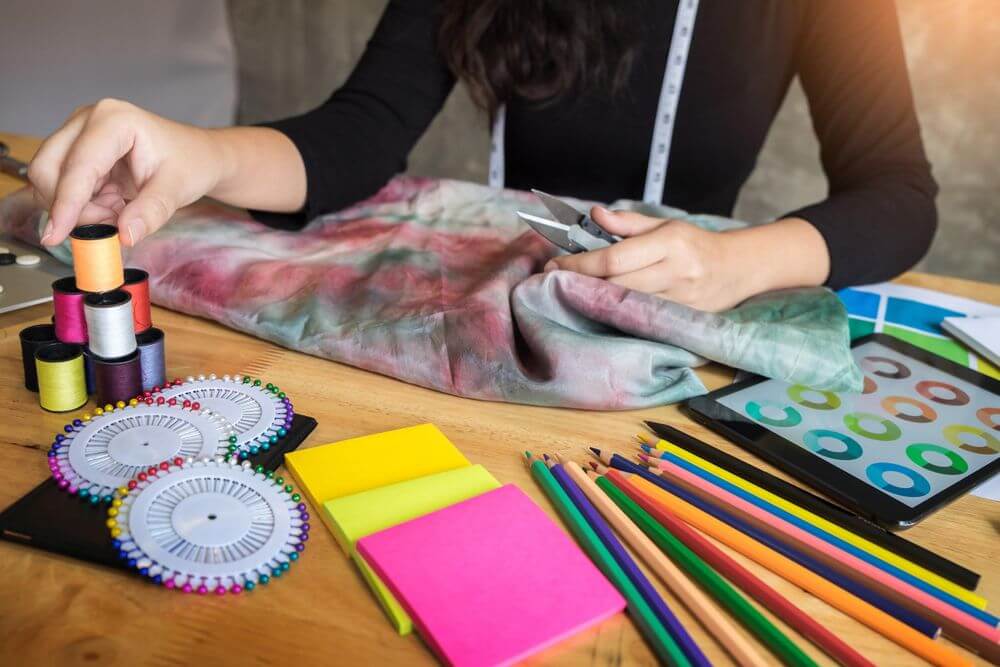Subtotal $0.00

Trainees learn how to design and make dresses of all types (European, African and Industrial wears) for both men and women. They also learn how to decorate ceremonial grounds, (dinners, weddings, graduations, hotels and homes); conceive dress pattern, fabricate and color material and sew dresses.
Graduates of this department are able to produce self-made designed dresses such as suits, wedding gowns, trousers and shirts, graduation robes with custom features and industrial attires of different specifications.
Some graduates gain self-employment as dress makers, designers and freelance décors while others are recruited as fashion designers in textile companies like Lakins and CICAM etc.

Gain practical skills with state-of-the-art facilities and equipment.
Benefit from experienced instructors passionate about woodworking.
Textile and fashion design involve the creation of textiles, fabrics, and clothing items that are both aesthetically pleasing and functional. It encompasses the design process from concept development to the production of garments or textile products.
Woodwork training is suitable for anyone interested in learning woodworking skills, regardless of their prior experience level. It caters to beginners looking to acquire basic skills as well as experienced woodworkers aiming to enhance their expertise.
The curriculum typically covers a range of topics, including safety practices, tool usage, wood selection, joinery techniques, finishing methods, and project planning. Participants may learn to create various items such as furniture, cabinets, decorative pieces, and more.
No prior experience is usually required. Woodwork training programs often cater to individuals with diverse backgrounds, from complete beginners to hobbyists and professionals seeking to refine their skills.
Basic woodworking tools typically include a saw, hammer, chisel, plane, measuring tools (such as a tape measure and square), and sanding equipment. Some programs may provide access to tools during classes, while others may require students to bring their own.
The duration of woodwork training programs can vary widely, ranging from short workshops or weekend courses to more extensive programs spanning several weeks or months. The length of the program may depend on the depth of instruction and the complexity of projects covered.
Projects can vary based on the program's focus and the participants' skill levels. Common projects may include building basic furniture pieces (such as tables or chairs), constructing small wooden boxes, creating decorative items, or even undertaking more advanced projects like cabinetry or woodturning.
Yes, woodwork training can provide a solid foundation for pursuing a career in woodworking or related fields such as carpentry, furniture making, or cabinetry. Individuals with advanced skills and training may find opportunities in industries such as construction, woodworking manufacturing, restoration, or self-employment as a craftsman.